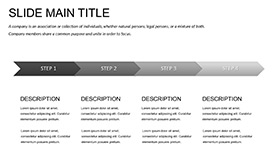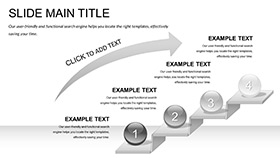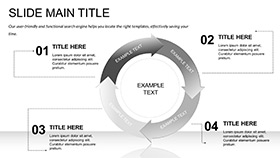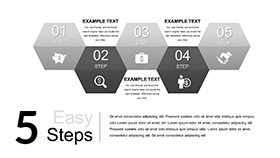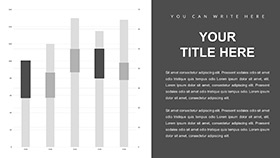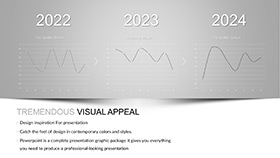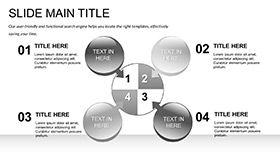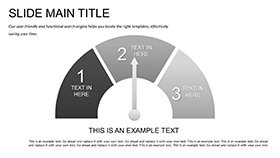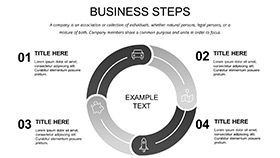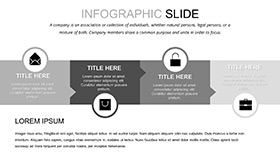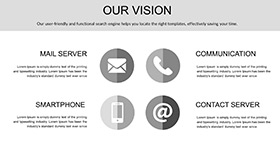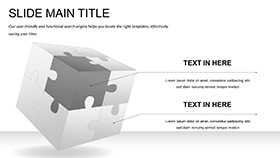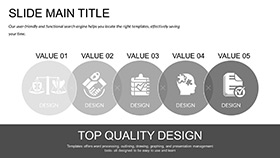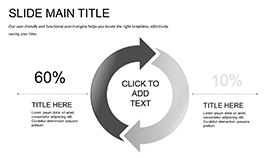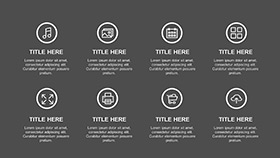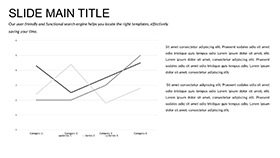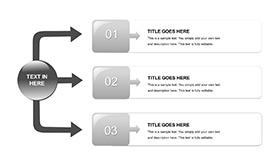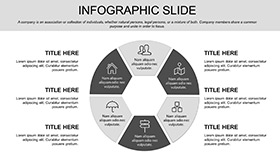Genetics can twist like a double helix - beautiful yet baffling. This DNA Gene Chain PowerPoint template unravels that complexity, delivering 28 diagrams that make molecular mysteries accessible. Crafted for scientists mapping genomes or students tracing inheritance patterns, it emphasizes precision visuals from base pairs to replication forks. Works flawlessly in PowerPoint 2016+ or Google Slides, turning raw sequences into narratives that resonate.
Envision a lab meeting where your mutation analysis slide doesn't just list errors but illustrates them in 3D - that's the power here. For $22, you gain a toolkit that rivals custom designs, minus the cost. Dive in and make your genetic discourse as elegant as the molecule itself.
Core Features Tailored for Genetic Exploration
Built on three masters and backgrounds, the template adapts to sterile lab whites or vibrant research blues. Seven color schemes highlight specifics, like reds for mutations against neutral greys for stable chains.
- Vector Precision: Scalable illustrations of helices and ladders, editable down to individual bonds.
- Interactive Media: Embed simulations of polymerase action or audio overviews of codon tables.
- Layered Animations: Unwind strands progressively to demonstrate unzipping mechanics.
Such details echo approaches in top genomics conferences, where clarity wins grants.
Unpacking the 28 Diagram Gems
From foundational to frontier, the slides build a comprehensive genetics story. Slide 1 renders the DNA double helix in rotatable 3D, while Slide 3 organizes the genetic code into a codon wheel for quick reference.
- Structural Basics: Slides 1-6 depict molecules, pairs, and helices with annotated vectors.
- Code and Variation: Slides 7-16 chart genes, mutations (point, insert, delete), via flowcharts.
- Process Dynamics: Slides 17-28 sequence replication steps with timed pathways.
This arc supports everything from intro bio to advanced biotech pitches.
Applications in Labs, Lectures, and Beyond
Researchers leverage these for protocol overviews; tweak Slide 20's mutation types to showcase CRISPR edits in funding bids. Students find the replication timeline on Slide 26 a study aid, animating semi-conservative models for exams.
In educational settings, it demystifies heredity - a prof might customize the gene chain for pedigree analysis, sparking inheritance discussions. Versus stock slides, its specificity cuts explanation time, focusing on insights.
Customization Steps for Genetic Tweaks
Import into PowerPoint, select a scheme, then refine a diagram like the base pair matcher (Slide 2):
- Edit labels for A-T, G-C pairings with font tools.
- Insert sequence data as text overlays or linked tables.
- Calibrate colors to differentiate purines from pyrimidines.
- Run slide show to verify animation fidelity.
Syncs with software like SnapGene for exported visuals.
Elevating Genetic Communication Standards
This genetics PowerPoint template excels by prioritizing accuracy in artistry - diagrams that withstand scrutiny while captivating. It's invaluable for cross-disciplinary talks, where visuals bridge bio and comp sci.
Repurpose for posters or apps; the jpg exports maintain quality. For postdocs, it's a defense staple, framing hypotheses visually.
Untangle your next presentation - grab it for $22 and helix your way to clarity.
Frequently Asked Questions
Are the 3D models fully rotatable?
Yes, via PowerPoint's 3D viewer, allowing audience interaction.
Compatible with Mac PowerPoint?
Fully, with no feature loss across platforms.
How to add custom mutation data?
Use placeholders to input via Excel links for dynamic updates.
Does it include replication enzyme icons?
Yes, editable icons for helicase, ligase, and more.
Can I export diagrams standalone?
Effortlessly as vectors or images for papers.






